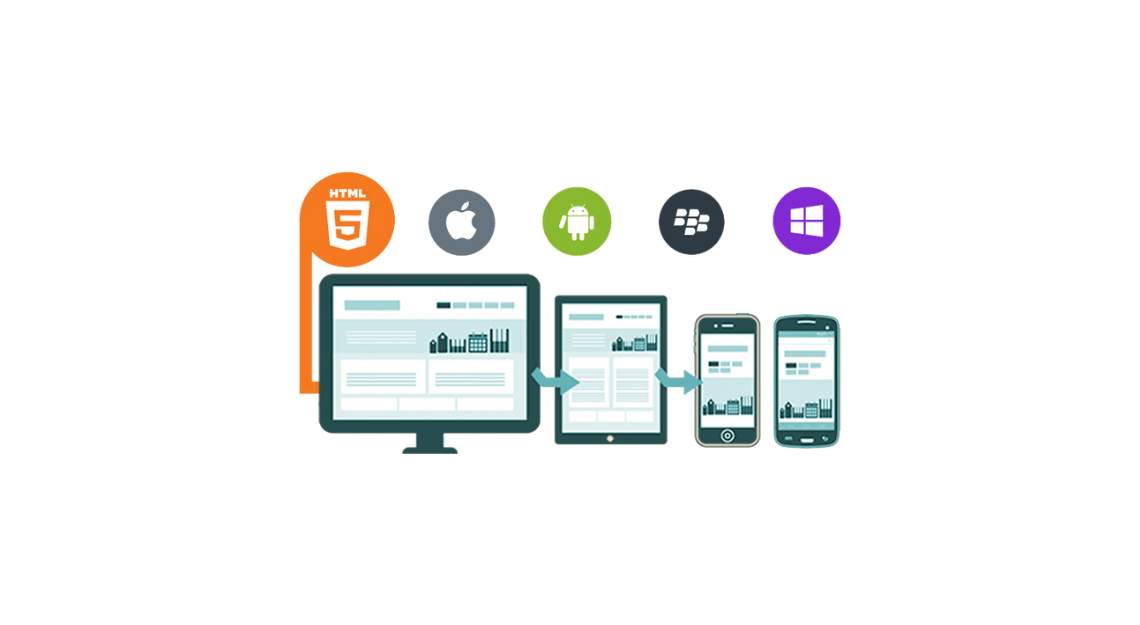How to Choose the Right Development Framework for Your Application
Choosing the right development framework for your application is a crucial decision that can greatly impact the success of your project. With so many options available, it can be overwhelming to determine which framework is the best fit for your needs. In this article, we will discuss the key factors to consider when choosing a development framework and provide some guidance on making the right decision.
1. Define your project requirements:
The first step in choosing the right development framework is to clearly define your project requirements. Consider aspects such as the type of application you are building (web, mobile, desktop), the language you prefer to use (JavaScript, Python, PHP), the scalability and performance requirements, as well as any specific features or functionalities required. Understanding your project requirements will help you identify the frameworks that align with your needs.
2. Research available frameworks:
Next, research the available frameworks that fit your project requirements. Look for frameworks that are popular, well-established, and actively maintained. Consider factors such as the size of the community, the number of contributors, the frequency of updates, and the quality of documentation. This information can give you insights into the reliability and stability of the framework.
3. Evaluate the learning curve:
Consider the learning curve associated with each framework. Some frameworks may have a steep learning curve, requiring developers to invest significant time and effort to become proficient. On the other hand, some frameworks may have a more gentle learning curve, making it easier for developers to get up to speed quickly. Assess your team’s skillset and determine if they have the necessary expertise or if they will need additional training and support.
4. Assess compatibility:
Check the compatibility of the frameworks with your existing technology stack. Consider factors such as the programming language, databases, APIs, and third-party integrations you are currently using or planning to use. Ensure that the framework you choose seamlessly integrates with your technology stack to avoid any conflicts or compatibility issues.
Additionally, consider to connect with check application development company in India in order to know more
5. Consider community support:
The size and activity of the community surrounding a development framework can greatly impact your development process. A vibrant community often means more resources, tutorials, documentation, and forums where you can seek help or find answers to your questions. It also indicates that the framework is continuously evolving and improving. Therefore, it’s essential to choose a framework with an active and supportive community.
6. Analyze performance and scalability:
Take into account the performance and scalability requirements of your application. Some frameworks are better suited for high-performance applications, while others offer better scalability options. Evaluate the benchmarks, case studies, and success stories of the frameworks you are considering to ensure they can handle the expected load and scale as your application grows.
7. Consider long-term maintenance:
Think about the long-term maintenance requirements of the framework. Consider factors such as the stability of the framework, the frequency of updates, and the availability of technical support. It’s important to choose a framework that is actively maintained and has a roadmap for future updates. This ensures that your application remains secure, compatible, and up-to-date in the long run.
Also read : make your warehouse more efficient with these key technologies
8. Seek feedback and recommendations:
Finally, seek feedback and recommendations from other developers, colleagues, or trusted communities. Engage in forums, attend meetups, or consult with experts to gather insights and opinions on the frameworks you are considering. Learning from the experiences of others can help you make a more informed decision and avoid potential pitfalls.
In conclusion, choosing the right development framework for your application requires careful consideration of your project requirements, compatibility with your technology stack, learning curve, community support, performance and scalability, long-term maintenance, and seeking feedback from the developer community. Taking the time to evaluate these factors will increase the likelihood of selecting a framework that aligns perfectly with your needs, resulting in a successful and efficient development process.



